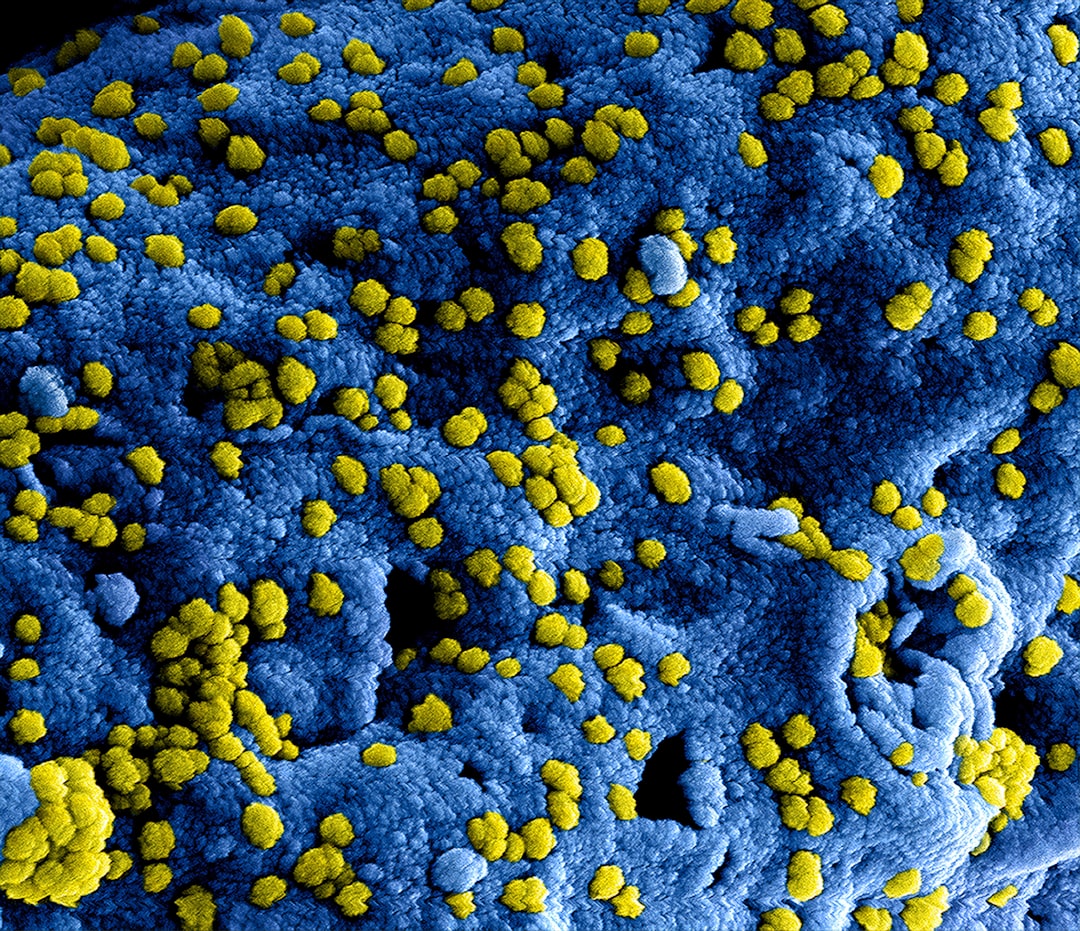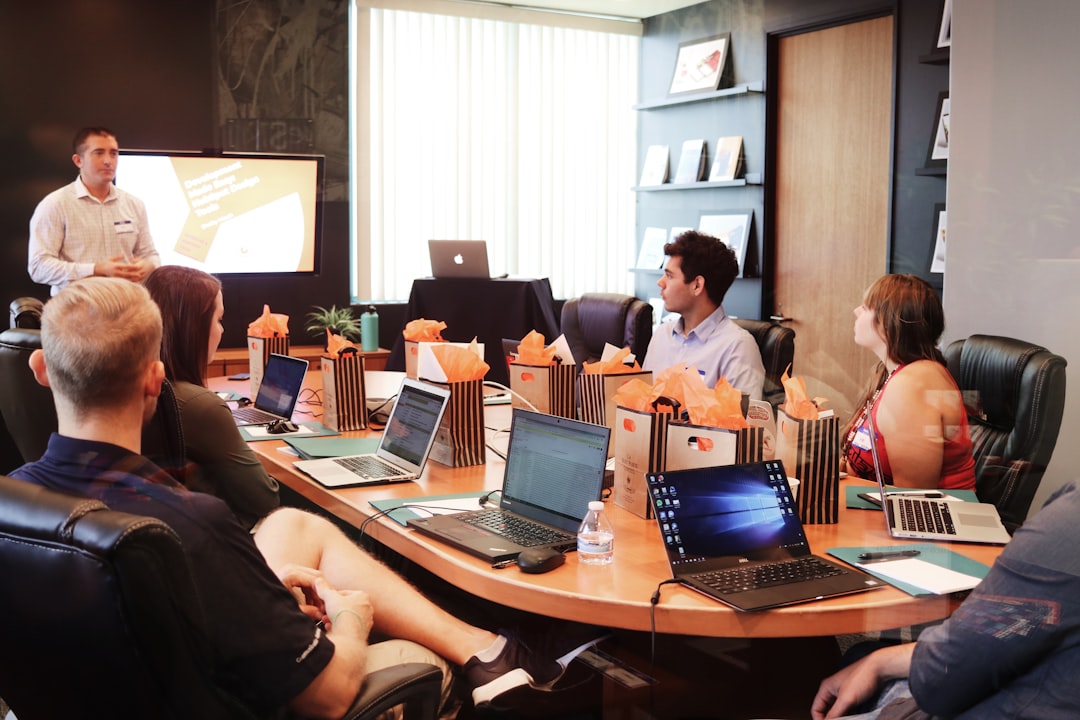What is it about?
In the context of evolution, it is observed that cooperation among individuals exists even when defection should be the choice for every player. In this work, we figure out what triggers this cooperative behavior in the thermodynamic limit by considering Public goods game both with and without punishment.
Featured Image

Photo by William Daigneault on Unsplash
Why is it important?
In recent years there have been some attempts to explain why individuals in a population cooperate even when defection would be a better choice. There has been a previous attempt by Adami and Hintze in Phys. Rev. E 97, 062136 (2018) to answer this question using the Ising model. They claim that the behavior of the Prisoner’s dilemma game is similar to the two-player Public goods game in the thermodynamic limit. In this work, we first disprove their claims and then correct it. We identify the parameters which trigger cooperative behavior among individuals for Public goods game both with and without punishment. We find that reward and punishment are the strongest triggers for promoting cooperative behavior. However, in contrast, cost of the resource acts as a suppressor of cooperation or promotes defection. The inverse temperature (fluctuation in choices) remains ambiguous, i.e., it might trigger cooperation in some cases while suppressing it in other cases.
Perspectives
Our paper is the first occasion of an analytical calculation done correctly for the thermodynamic limit of 2 players 2 strategy games.
Dr. COLIN BENJAMIN
National Institute of Science Education and Research, HBNI
Read the Original
This page is a summary of: Triggers for cooperative behavior in the thermodynamic limit: A case study in Public goods game, Chaos An Interdisciplinary Journal of Nonlinear Science, May 2019, American Institute of Physics,
DOI: 10.1063/1.5085076.
You can read the full text:
Resources
Contributors
The following have contributed to this page










